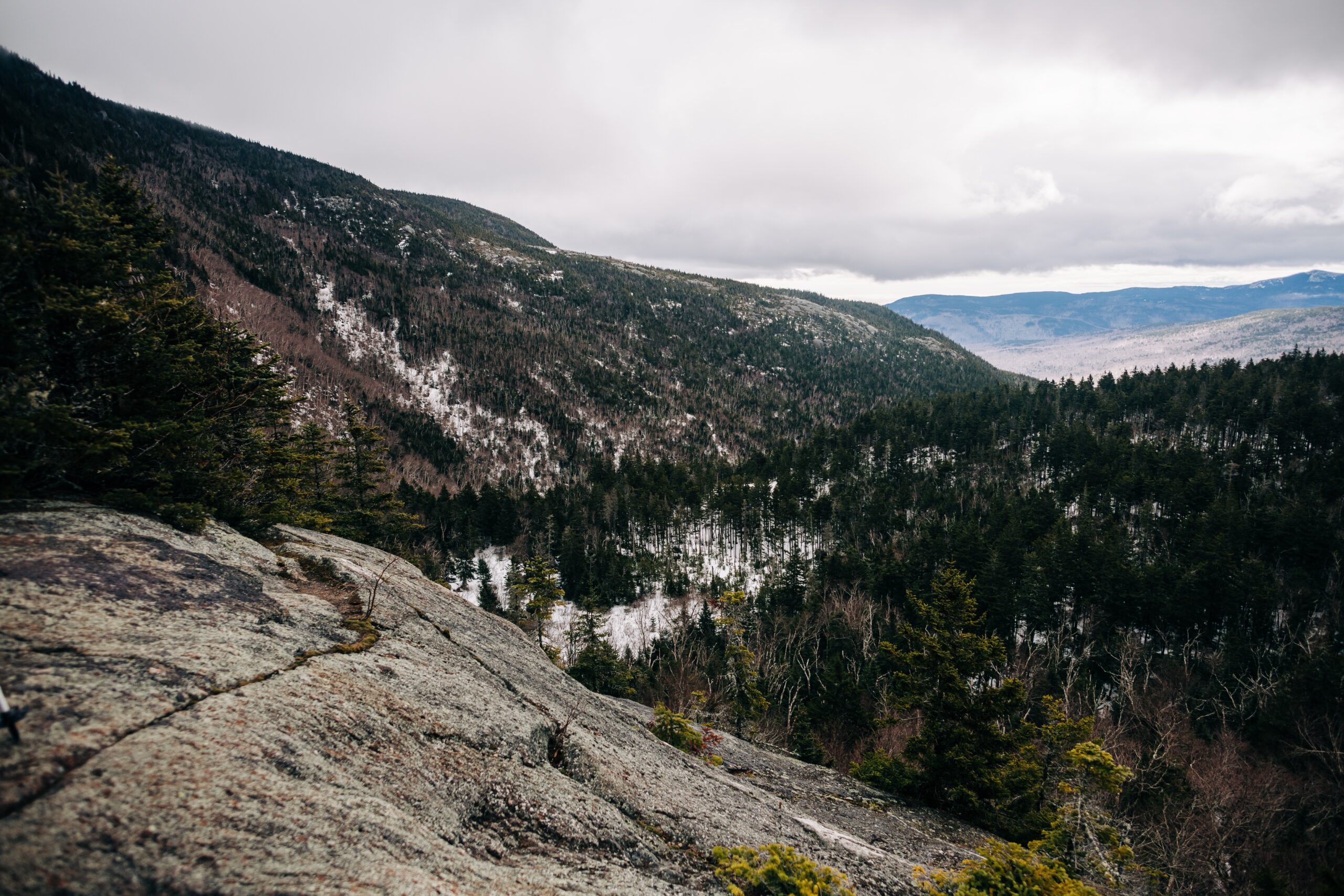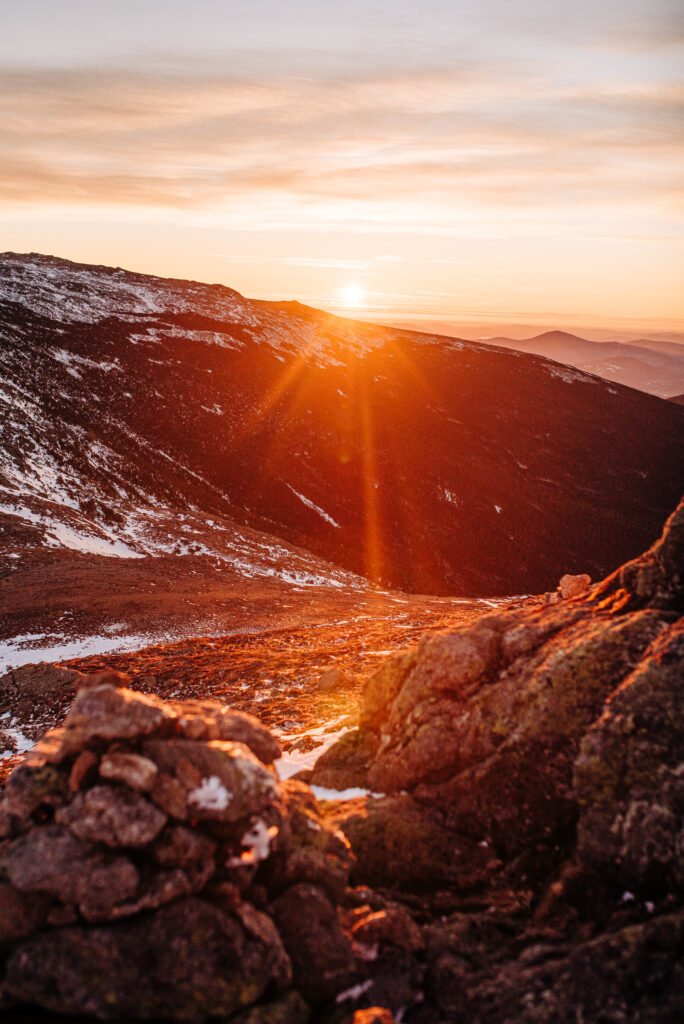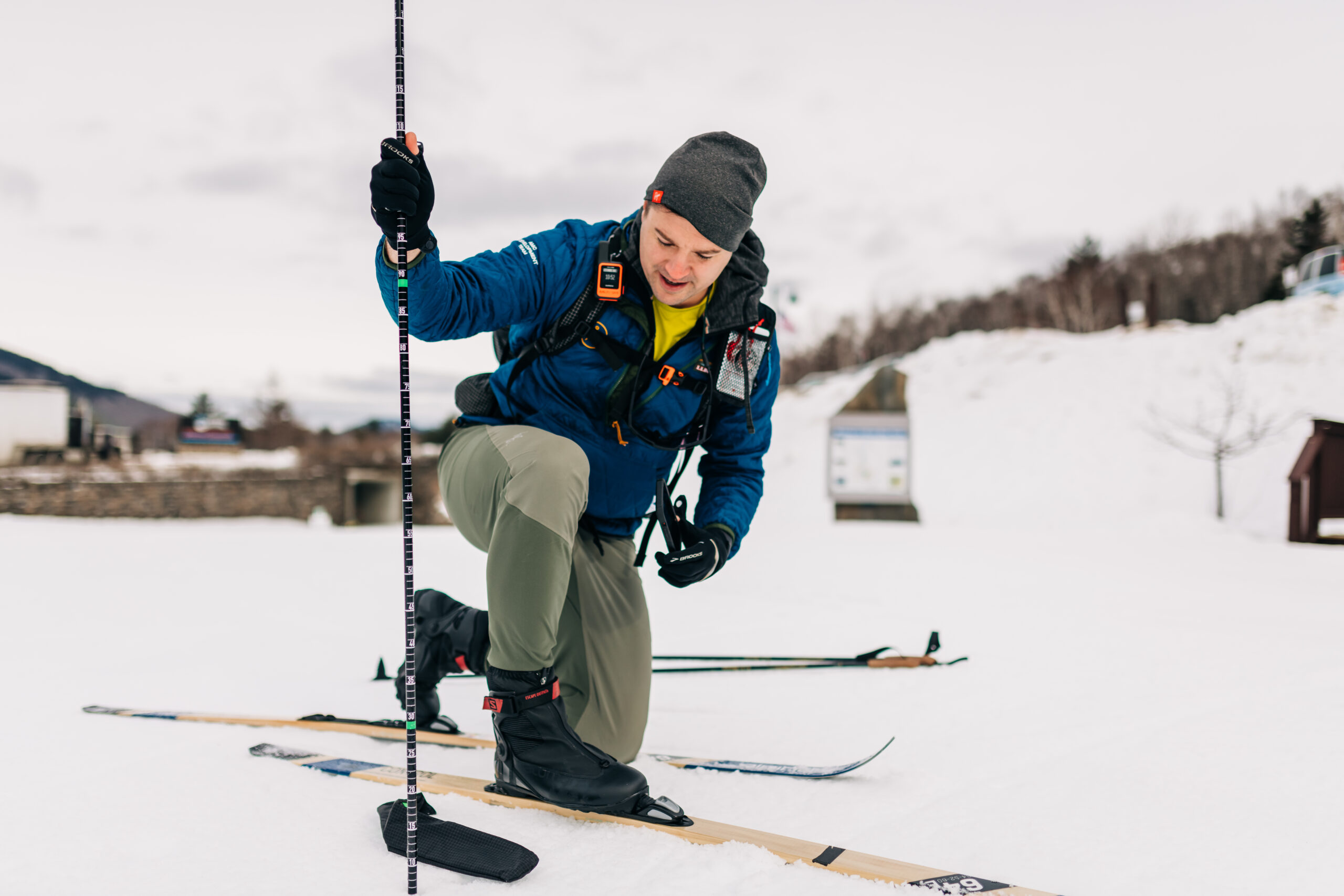
Mount Moriah, White Mountain National Forest, New Hampshire.
Deep snows and freezing temperatures are two things that scream “winter” in the Northeast and New England. It’s not unusual to be scraping ice off cars for six months out of the year, and some people keep their snow shovels in the trunk year-round. Snow falls as early as October—and might even come down in April or May.
At least… it used to. The past few winters have been strange. Snow is still falling, but it starts later in the season, and it doesn’t seem to stick quite as long. It still freezes, but there are also days when it’s unusually warm, and the temperature seems to swing wildly. And were there always this many ice storms?
What’s going on?

New England has lost about three weeks of winter since 1917.
Human activities, especially the burning of fossil fuels like coal and oil, are making global temperatures rise. Another way to refer to global warming is climate change, because it’s not just rising temperatures that we’re seeing. We’re also experiencing shifts in weather patterns that cause more rain, floods, droughts, and wildfires. Seasons are shifting, seeming to happen earlier or later than their “usual” times — and winter is no exception.
While all seasons in New England are experiencing increases in their average temperatures, studies from AMC scientists and partners have found that winter is warming at a faster rate than spring, summer, or fall. In addition, we’re seeing less snow, more ice, and winter weather “whiplash” — a rapid back-and-forth between unseasonable warmth and deep freezes. The combination of thaw-and-freeze weather can damage trees and crops, cause floods and electrical outages, and influence activities from winter skiing to spring maple sugaring.
AMC scientists and partners use data collected over a long timeframe to look at a suite of changing cold and snow conditions in the Northeast. Since 1917, New England has lost about three weeks of winter. To be more specific, we’re seeing an average of 19 fewer days with snow covering the ground and 20 fewer “frost days” of 32°F or less, which keep the ground cold and maintain snow. Certain states are seeing even more change — Massachusetts has lost an average of 27 days of snow cover, and Rhode Island and Connecticut have lost more than 30.
You may be thinking, “But it’s still snowing!” And you’d be right. It is still snowing, but due to the warming temperatures and weather whiplash, that snow simply isn’t staying on the ground as long. Inconsistent temperatures from the freeze-and-thaw cycles melt the snow, lessening or completely removing the snowpack. When it’s not cold enough for snow to fall, the moisture in the air falls as rain, which can cause icy conditions if the temperatures finally drop. All of this leads to less snow falling, less snow staying on the ground, and winters ending earlier.
Find out how you can speak up for the outdoors in the fight against climate change
While the immediate impacts of shorter winters and less snow on the ground have been studied and documented, AMC scientists and partners continue to collect data and monitor our changing winters. Their ability to collect high-quality data over time is possible thanks to state and federal funding and the generous support of AMC members and donors. New on-the-ground equipment for snow monitoring has been set up at AMC’s Carter Notch, Lonesome Lake, and Zealand Falls huts in New Hampshire, helping us to better understand snow distribution, which is more complex in the mountains.
AMC has also partnered with Community Snow Observations, a community science initiative, to welcome recreationists and backcountry adventurers like you to measure and record snow depth when you’re out in wintry weather.
How does this high-quality weather data turn into climate solutions? At AMC, our work is backed by science. Our conservation policy team shares the data from our research team with legislators to inform their climate and land conservation policies. Our research team collaborates with other scientists, organizations, and state services to advance our understanding of changing weather patterns. And our lodge managers and hut Croo use our weather data to make informed recommendations to guests about how to enjoy winter, no matter what it feels like these days.

AMC staff member Mark Cheever demonstrates how to take a snow observation.
Sources
Burkakowski et al. “Future of winter in northeastern North America: Climate indicators portray warming and snow loss that will impact ecosystems and communities.” Northeast Naturalist vol. 28, no. 11, 2022, pp. 180-270.
Casson et al. “Winter weather whiplash: Impacts of meteorlogical events misaligned with natural and human systems in seasonally snow-covered regions.” Earth’s Future vol. 7, 2019, pp. 1-17.
Contosta et al. “Defining frigid winter illuminates its loss across seasonally snow-covered areas of eastern North America.” Environmental Research Letters vol. 15, 2020, pp. 1-11.
Contosta et al. “Northern forest winters have lost cold, snowy conditions that are important for ecosystems and human communities.” Ecological Applications vol. 29, no. 7, 2019, pp. 1-24.
Murray et al. “Climate trends on the highest peak of the Northeast: Mount Washington, NH.” Northeastern Naturalist vol. 28, no. 11, 2021, pp. 64-82.
Shankman, S. “’We are seeing winter disappear’: Southern New England has lost nearly a month of annual snow cover, study finds.” Aug. 3, 2023. https://www.bostonglobe.com/2023/08/03/science/climate-change-winter/#:~:text=%27We%20are%20seeing%20winter%20disappear,steepest%20losses%20of%20snow%20days.
Young, S. “Global and regional snow cover decline: 2000-2022.” Climate vol. 11, 2023, pp. 1-27.